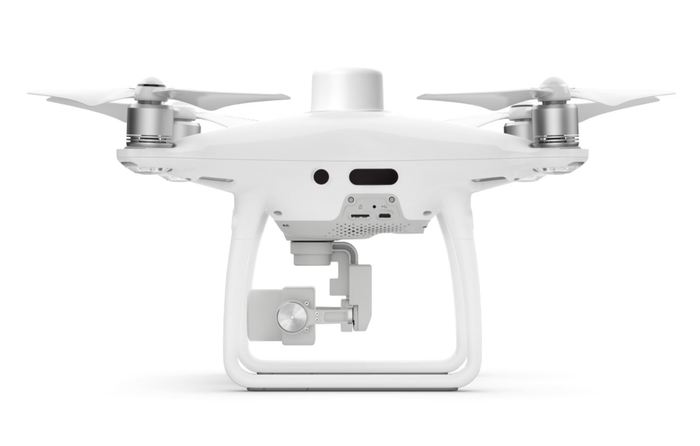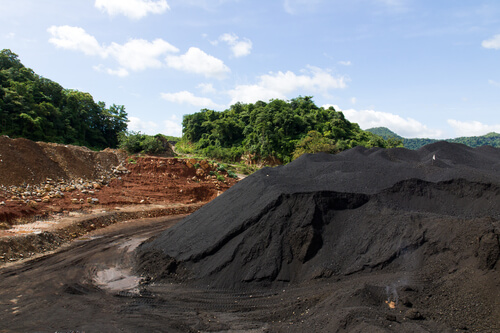Drones have become increasingly popular in support of mining applications with exploration, surveying and mapping. Australia and Africa have led the way in adoption of unmanned aerial vehicles (UAVs) across their mining industries to maintain safety, increase oversight and enhance security.
UAVs (unmanned aerial vehicles) have been increasing in popularity in the mining industry for the last 10 years. As the technology has improved in leaps and bounds, so too has the number of drones deployed on mine sites for a variety of applications.
Drones using cameras, LIDAR technology, or plugged into photogrammetry software, can create full 3D and 4D images and maps of wide expanses of land, contour lines, digital terrain models or digital surface models. The mine survey images generated by a drone camera or LIDAR technology provide detailed information to assist mining operators with managing, planning and optimisating production on the mine site.
Most large mine sites in Australia in 2020 now have a couple of roustabout drones on site and a couple of trained, licensed pilots to deploy the drones at short notice to critical equipment, mapping or production challenges onsite.
The most popular uses of drones in mining applications include:

Photogrammetry is the process of overlapping a series of images containing geospatial information to create a survey map – which come in the 4 forms expressed below. Every pixel of each drone image contains its own georeferenced location in space, using RTK or PPK technology – and these maps can get within +-2-5cm absolute accuracy (provided the drone is flown at 100m above ground). This type of mapping and surveying is done extensively during mining exploration and mine project planning, as many calculations, research and data goes into estimating the operations and earthworks required to access the mineral deposit and ultimately get the mine into production.
The most common mine survey maps include:

Below are the three main reasons drones have become so popular in mining operations in Australia:
Aptella offer a range of surveying drones and drone accessories for sale that are ideal in the mining industry. We provide survey-grade drones from leading suppliers involving Intel, DJI, Quantum Systems and more that are safe and accurate for industrial applications. The DJI Phantom 4 RTK is ideal for the majority of mine surveys, with the exception of the mine site size.

Kami membangun bisnis dengan memberikan solusi teknologi konstruksi untuk meningkatkan produktivitas pelanggan kami.
PT Aptella Solusi Teknologi
NPWP: 70.620.776.8.017.000
2024 Aptella | NPWP: 70.620.776.8.017.000 | Terms and Conditions | Privacy Policy